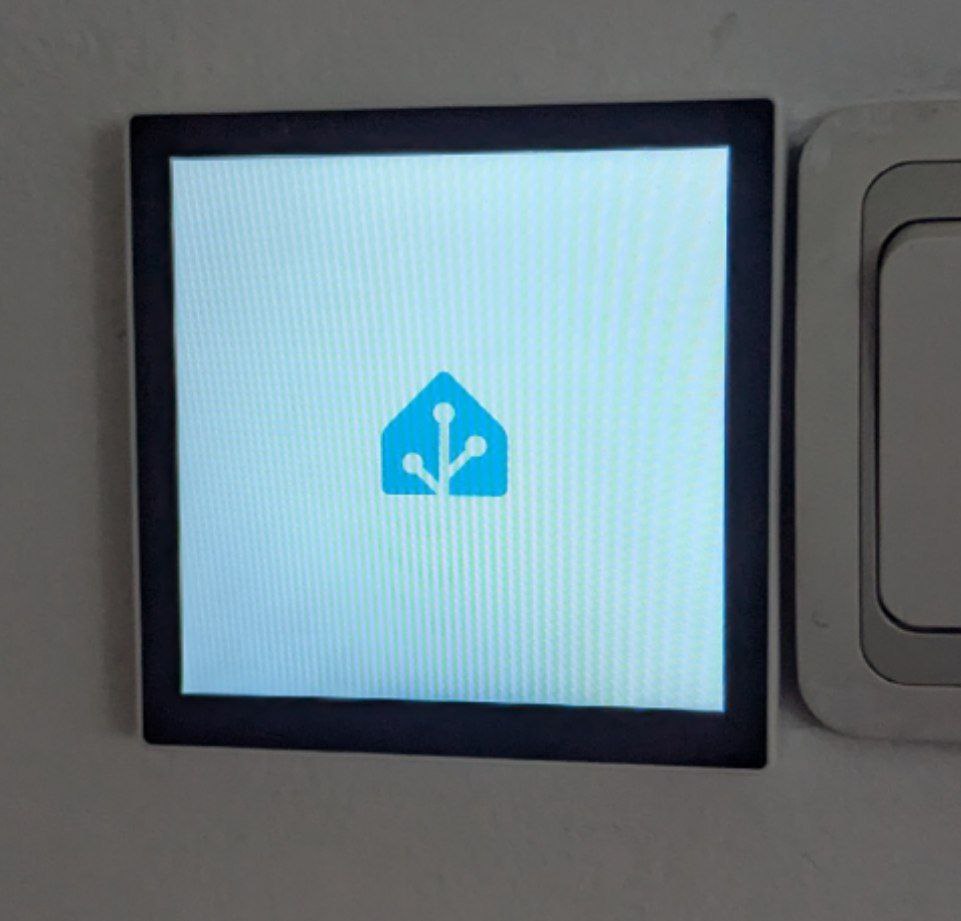I’m slowly putting together my smart home and thought I’d share a few posts about the journey.
I’ll start with the very first device I bought- The Sonoff NSPanel Pro.
Sonoff is known for offering great value for money in the smart device market. However, my initial experience with the NSPanel Pro left me a bit disappointed. This device is a touchscreen panel designed to fit into a standard European wall box and is marketed as a potential smart home hub, featuring both a Zigbee antenna and Android OS onboard.
In theory, it sounded perfect. After installation, my Sonoff temperature sensors connected seamlessly. But my IKEA bulbs, energy meter, air quality monitor, and remote control simply wouldn’t pair.
It turns out Sonoff officially supports only their own devices — other Zigbee devices are either deliberately unsupported or face handshake issues, despite Zigbee being a standardized protocol.
The built-in app requires an eWeLink account and heavily relies on cloud functionality. Android’s full menu is locked down, and without internet, many features become inaccessible.
So for a while, the panel just hung on my wall as a fancy but largely useless display, while my smart home grew around a small local server with a diverse array of sensors from various brands.
Last week, I decided it was time for a change. I removed the eWeLink app that automatically launches on boot and reconfigured the panel to run on my own terms.
Despite the limitations, Sonoff is quite the enthusiast-friendly brand, offering affordable solutions that compete well with Tuya. Compared to European or US manufacturers, their prices are 3-5 times lower for similar devices.
Disabling the default app wasn’t too difficult. After initial setup, you can enable developer options (via the phone app) and activate the ADB interface on the panel. There’s even a hidden debug microUSB port, but everything can be done over WiFi.
Using ADB, I installed the NSPanel Pro Tools APK, Automagic, and Fully Kiosk Browser, then rebooted the device.
Now, the panel runs Android 8.1 with flexible automation possibilities. I configured a gesture in NSPanel Pro Tools to open the menu and set Fully Kiosk Browser to launch on startup, loading my Home Assistant dashboard.
The wall panel is now a fully customizable dashboard, with its Zigbee antenna extending my network’s reach. It can also display useful info like ambient light levels.
I’m not sure if the NSPanel Pro can fully replace a dedicated HA hub - I still use a mini PC for that - but it’s definitely no longer a vendor-locked, limited device. These capabilities make it a strong competitor in the smart home market.
If you’re building your own smart home, I hope my experience helps you avoid some pitfalls and inspires you to customize your devices beyond their default settings.
Building My Smart Home: Lessons Learned from the Sonoff NSPanel Pro
Tsvetkov Maksim
|
Sep 3, 2025
min read
